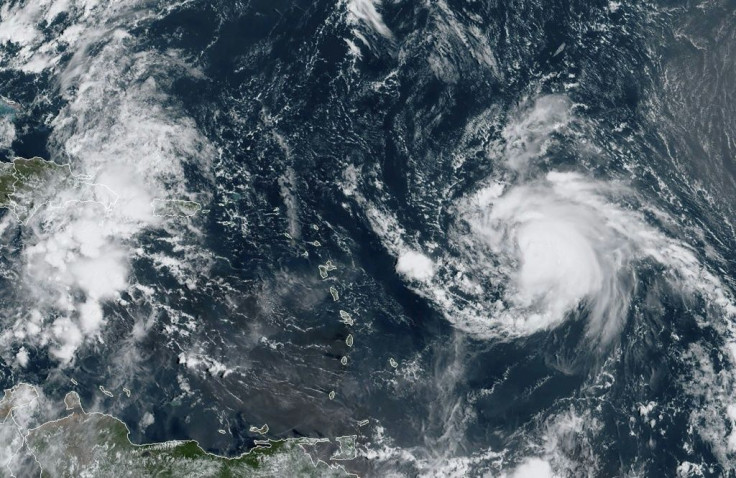Stormquakes: What You Need To Know About The New Geophysical Phenomenon

Hurricanes and earthquakes not only wreak havoc on land, now they are shaking the sea floors too. Scientists have named the combined force of the two "stormquakes."
Scientists have discovered that some large storms like Nor'easters or hurricanes can cause large ocean waves which then gives rise to strong secondary waves underneath. This interaction creates a seismic activity or a hammering effect on the seafloor of magnitude 3.5 or higher. The phenomenon was initially dismissed by scientists as "seismic noise."
The findings were published in Geographical Research Letters and the research team was led by Wenyuan Fan, a professor and seismologist at Florida State University.
Do All Hurricanes Cause Stormquakes?
Not necessarily. A hurricane’s location decides if it will result in stormquakes.
Hurricane Sandy of 2012 that originated in New Jersey didn’t cause any stormquakes, although it led to widespread devastation on land. On the other hand, Hurricane Bill of 2009 led to 300 stormquakes as it moved north past New Jersey.
Though both hurricanes had the same epicenter, their tracks were different. Hurricane Bill aligned with points on the seafloor which caused tremors in the seawater. This wasn’t the case with Hurricane Sandy.
Should You Be Worried?
Stormquakes could disrupt marine activities, but for the rest of us on land, the tremors are very minor to be felt and not that significant.
"I always like to reemphasize that stormquakes happen because of storms, so when extreme storms happen, I think that's our first concern," Fan told CNN.
© Copyright IBTimes 2024. All rights reserved.




















